It’s hot out. Or it’s hot in your office. Maybe you just feel like you’re going to spontaneously combust. So you go get a bottle of chilled white wine. Open the door to the wine store, give a little nod to the dude behind the counter who’s mostly on SnapChat but also making sure you don’t steal anything.
You go to open that refrigerated case and grab a cold, moderately priced bottle of white wine. As the cold-case air hits your face like a snowman’s kiss, you can already imagine yourself sitting on a porch, flip-flopped and phone off, knocking back a glass of something chilled while you chill the f*ck out.
We’re not upset if you put ice in your wine. We’re not even mad if you choose to listen to Sugar Ray. We just want you to maybe, this time, tread outside the well-traveled territory of the White Wine Big 3. You know who we’re talking about: Chardonnay, Pinot Grigio, and Sauvignon Blanc. (We’ll give Rosé a pass; she has her season.) There are plenty of other extremely summer-suitable white wines out there. These are really only the frosty tip of the refreshment iceberg; we’ve got Spanish Albariño here, but Uruguay’s also putting out some great Albariño, and don’t forget all that awesome Torrontés we just recommended.
So before you cue up “I Just Want To Fly,” consider one of these whites. Summer refreshment doesn’t have to be repetitive.
2014 Domaine Roulot Bourgogne Aligote
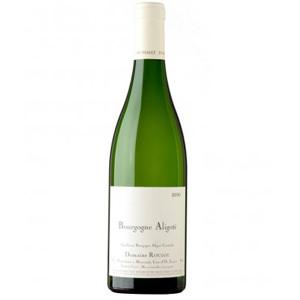
Aligote is commonly known as the “second” wine of Burgundy (King Chard has first chair). But there’s no reason to downplay it: it’s refined, like Chardonnay, but drunk younger, busting with notes of citrus, florals, and minerality. Domaine Roulot ages its Aligote in stainless steel, though some time on the lees and malolactic fermentation mean you’ll also get some Burgundian richness in there. An elegant, and affordable, bottle.
2013 Jed Steele “Shooting Star” Aligote
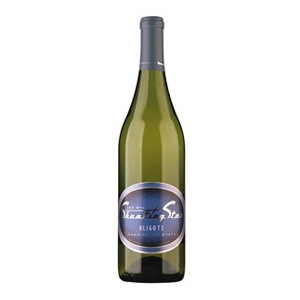
This bottle from Jed Steele is among the best non-Burgundian Aligotes you’ll find stateside, thanks to Washington’s cooler climate. You’ll still get some soft orchard fruit and florals, but more crisp citrus and even a few speckles of flint. Barrel-aged, but the barrels are older, meaning far less transition of “woody” flavors. Bonus: yet another alternative to sweet wine for Asian food pairings.
2014 Martin Codax Albariño, Rías Baixas
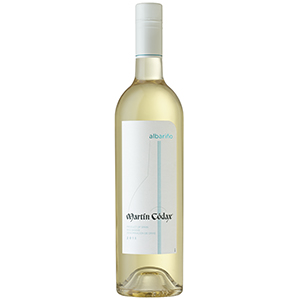
Albariño shines in the cool climate of the Rías Baixas D.O. in the Galicia region of northwestern Spain. And Martin Codax was one of the first wineries (aka Bodegas) to share the joys of the grape with the States. Incredibly food-friendly, with a characteristic, almost fizzy lemon acidity overlaying soft orchard fruit and a few scattered tendrils of fresh herbs. Cheap, and very drinkable.
2012 Dogobo Furmint Dry White, Tokaj
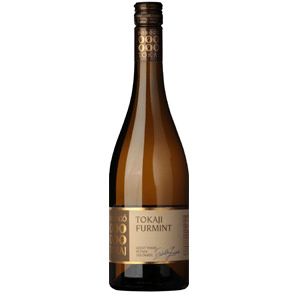
Furmint is a special kind of white wine grape—high in acidity with a backbone of moderate minerality, it has serious aging power. No coincidence, it’s legacy is also pretty ancient, though historically it’s made a solid basecamp in the Tokaj region of Hungary. Citrus gives you a nice palate cleansing but along with that you’ll get soft, supple pear skin.
2013 Schloss Gobelsburg Tradition Grüner Veltliner Reserve – SPLURGE
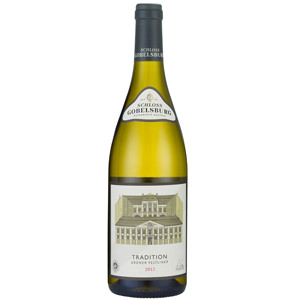
There’s a chance you’ve heard of Grüner since it’s the most widely planted white grape in its Austrian homeland. But even though you can find nicely acidic, peppery wines in lower ranges, you probably haven’t splurged on Grüner. This might be the bottle—rich with almost savory notes overlaid by nectary florals with fruity pepper and a hint of salinity. But yes, about 50 bucks, meaning save it for a summer splurge.
2014 Eric Chevalier Domaine l’Aujardiere Muscadet
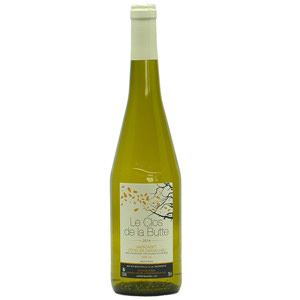
If you go by the “R” rule, it’s not “oyster season.” But you can find many other maritime pairings for this delicate, racy classic from the Loire. In fact, Muscadet (not to be confused with Muscat) has been a seafood staple for centuries, showing a maritime influence with a lively acidity and tenderized, but not obliterated, fruit.
Ontanon Vetiver Viura Blanco
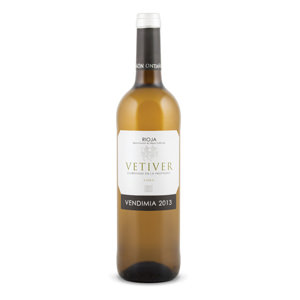
Viura, AKA Macabeo, has homes in Rioja, Andalucia, and Languedoc-Roussillon in France—no surprise given its versatility (you’ll find it in Cava as well as still wines on both sides of the Pyrenees). As for this bottle, six months in oak adds a layer of toastiness underneath tropical fruit and citrus florals. Best drunk young for maximum vivacity.
